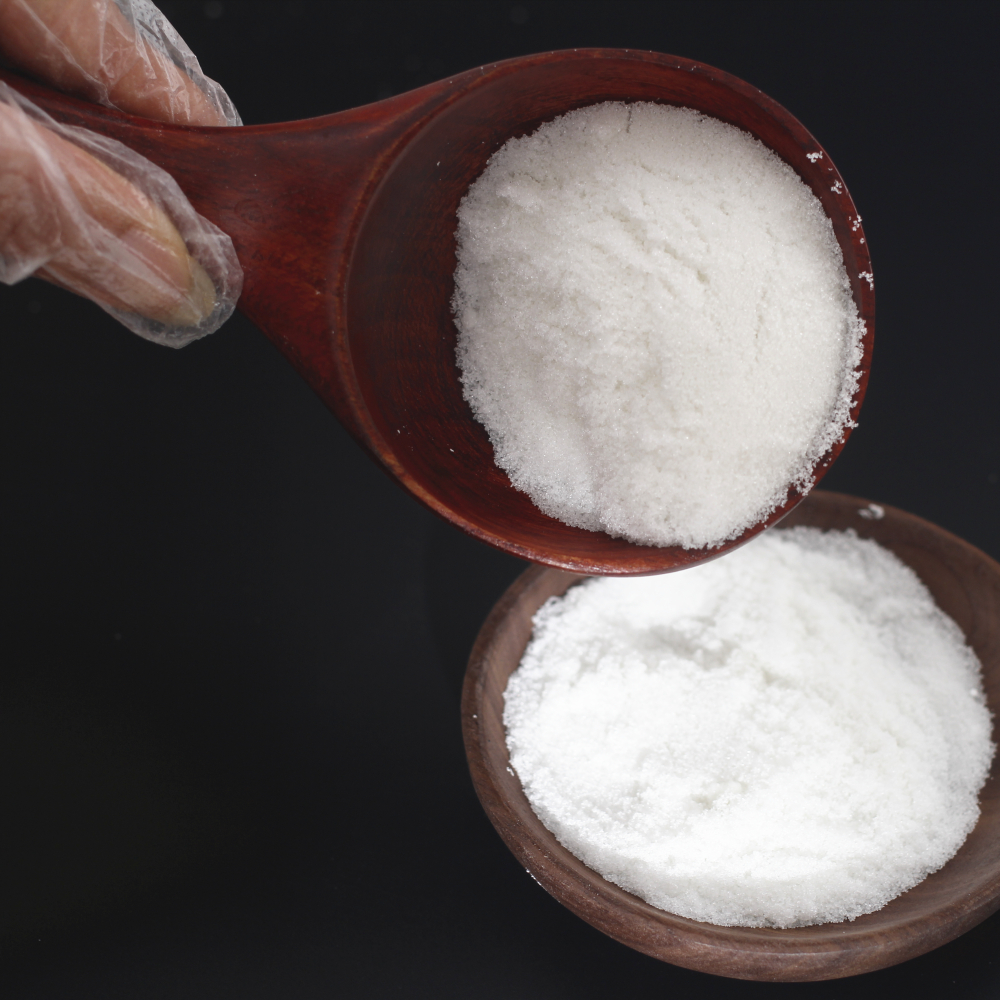Our Products
Lidocaine
Product Description
| Product name:lidocaine | Exact mass:234.173218 |
| Density:1.0±0.1 g/cm3 | PSA:32.34000 |
| Boiling point:372.7±52.0 °C at 760 mmHg | LogP:3.63 |
| Melting point:66-69°C | Appearence:White crystalline powder |
| Molecular formula:C14H22N2O | Vapour pressure:0.0±0.9 mmHg at 25°C |
| Molecular weight:234.337 | Refractive index: 1.512 |
| Flash point:179.2±30.7 °C | Storage:cool and dry |
Lidocaine is a local anesthetic, also known as cerocain. In recent years, it has replaced procaine and is widely used in aesthetic plastic surgery for local infiltration anesthesia. It blocks nerve excitation and conduction by inhibiting the sodium ion channel of nerve cell membrane.
Its lipid solubility and protein binding rate are all higher than that of Procaine, and it has strong cell-penetrating ability, fast effect, long action time and 4 times of the action intensity of procaine.
Clinical applications include infiltration anesthesia, epidural anesthesia, topical anesthesia (including mucosal anesthesia for thoracoscopy or abdominal surgery), and nerve block.
In order to prolong the time of anesthesia, reduce the toxic side effects of lidocaine, epinephrine can be added in anesthetics.
Lidocaine can also be used to treat premature ventricular beats, ventricular tachycardia, digitalis poisoning, cardiac surgery and ventricular arrhythmias caused by cardiac catheters after acute myocardial infarction, including premature ventricular beats, ventricular tachycardia and ventricular fibrillation.
Secondly, it is also used for epileptic status in patients who have failed to respond to other anticonvulsants and for local or intraspinal anesthesia.
But it is usually ineffective against supraventricular arrhythmia.
HOT-SALE PRODUCT
Quality First, Safety Guaranteed

